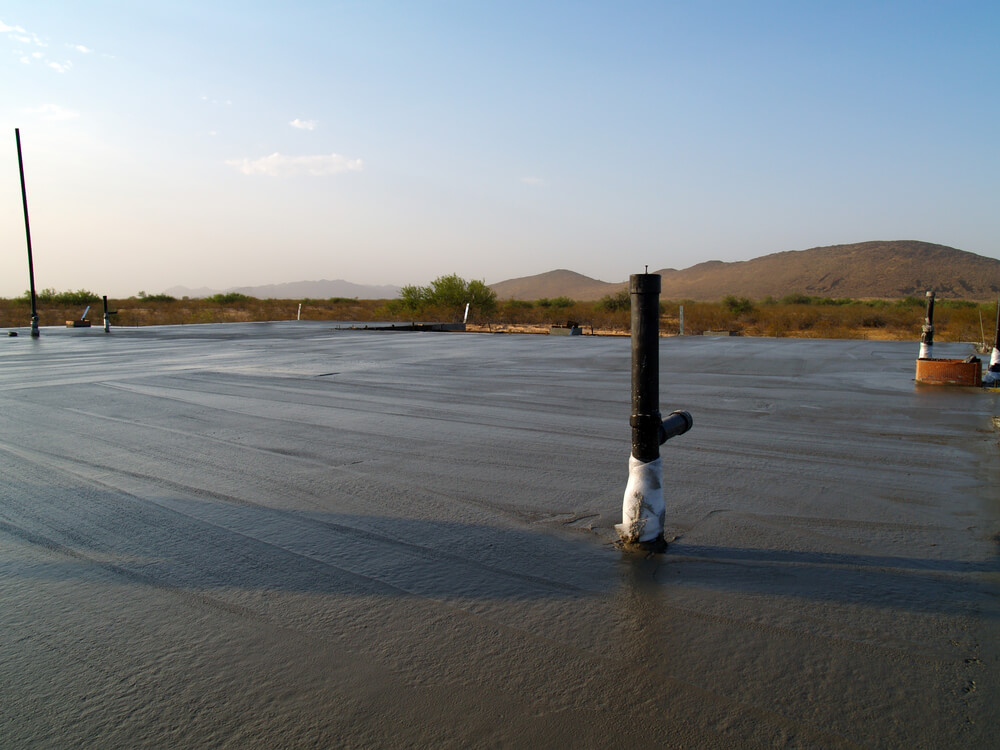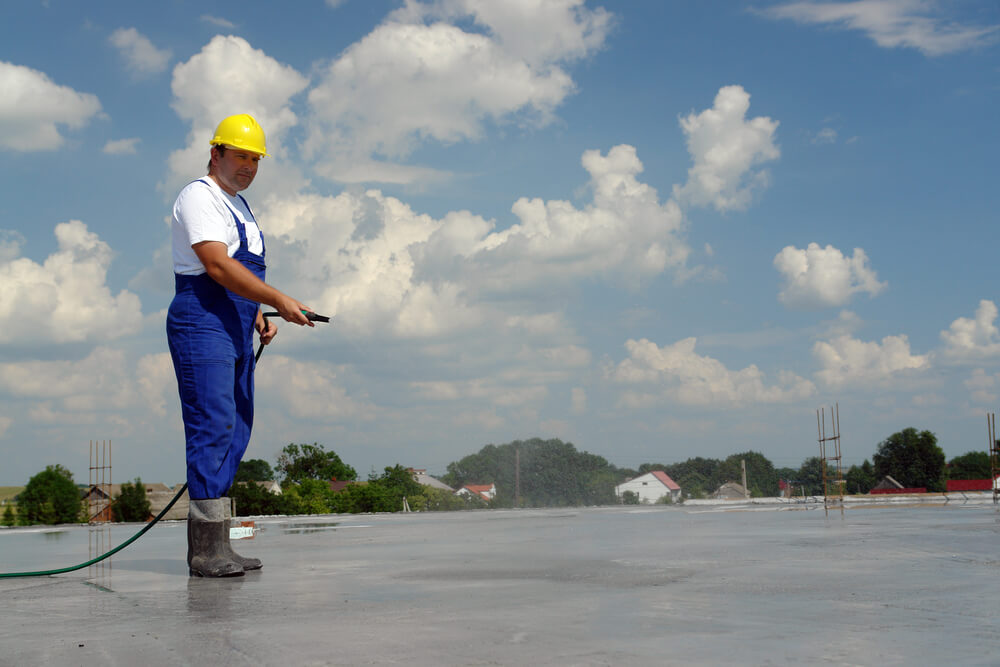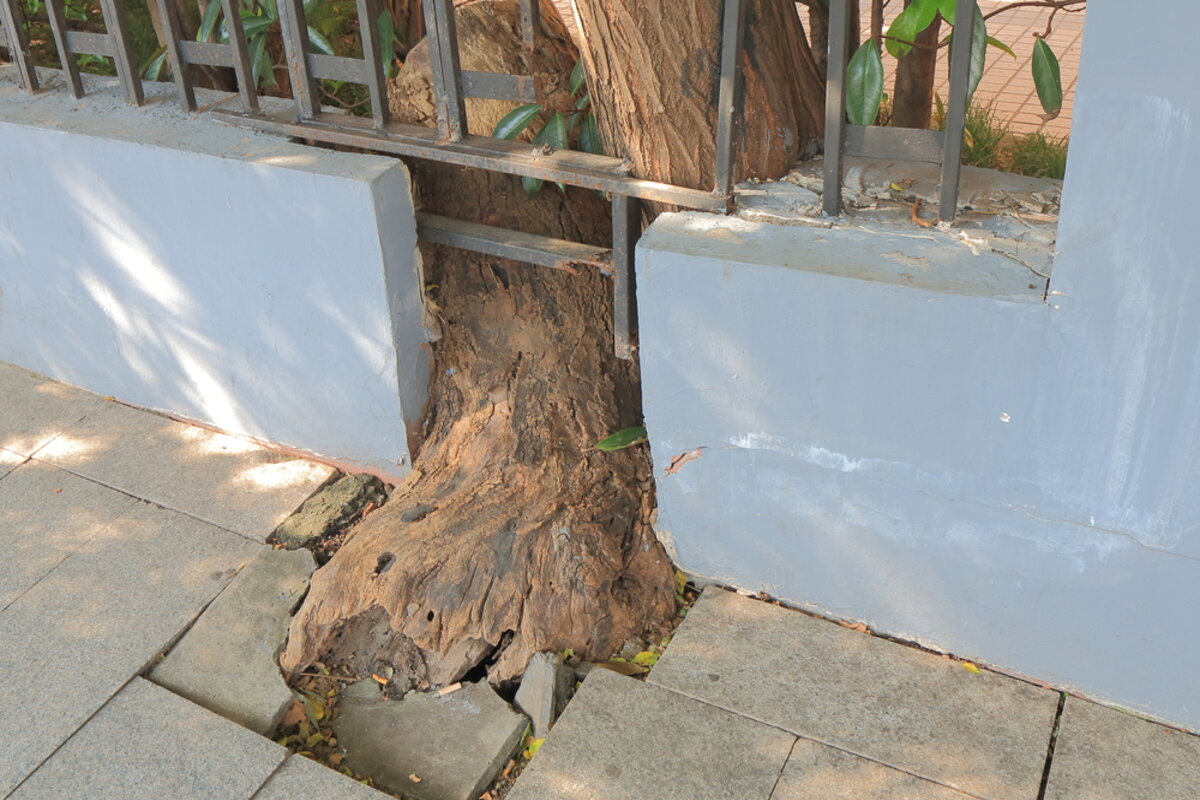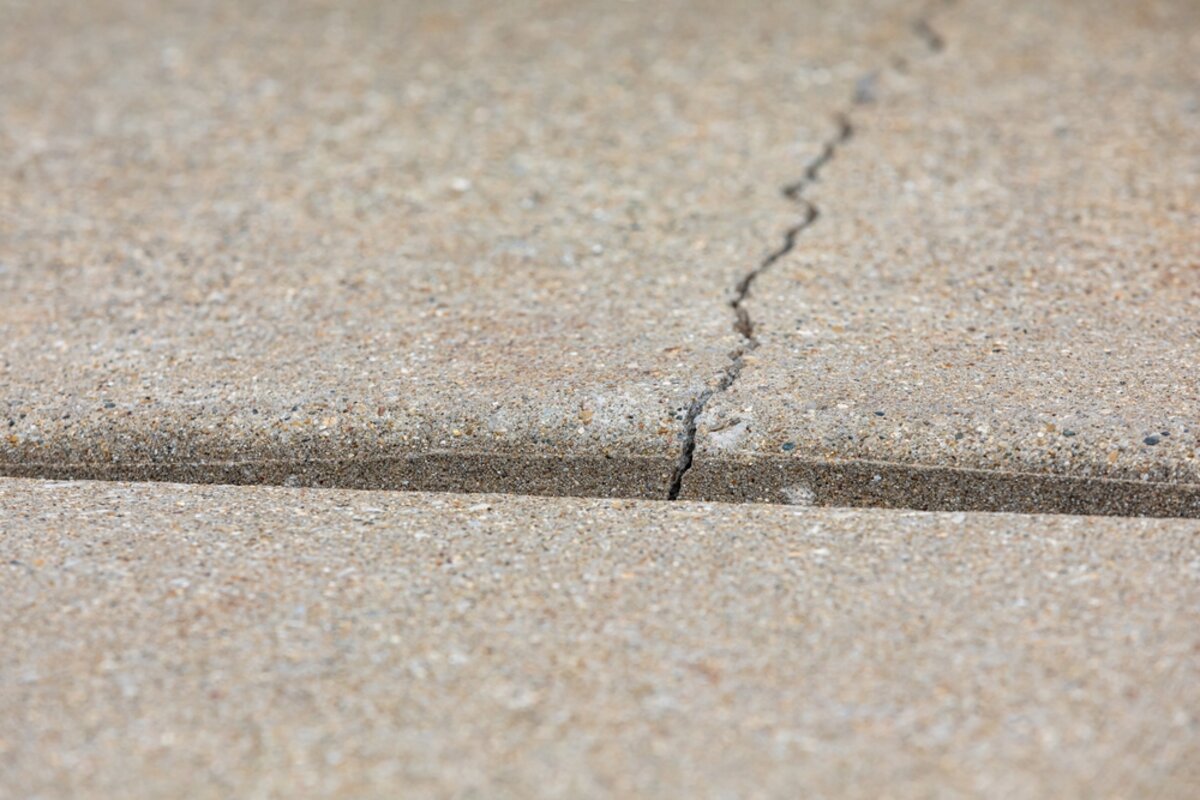The construction industry heavily relies on concrete, a versatile material that forms the backbone of various structures such as buildings, bridges, and roads. While it might look straightforward, the process of creating strong, durable concrete is intricate. One crucial aspect that often goes unnoticed is “curing,” a method used to retain moisture in the concrete to aid its hardening and durability. In this comprehensive guide, we will delve into the concept of curing and how it influences the characteristics of concrete.
What Constitutes Concrete
Before discussing the significance of curing, it’s essential to understand what makes up concrete. At its core, concrete is a composite material consisting of water, cement powder, and aggregates such as sand and rock. When combined, water and cement undergo a chemical reaction known as “hydration,” which leads to the hardening of the concrete mixture.
The hydration reaction is the union of water with dry cement powder. This process forms a ‘glue-like’ substance that binds the aggregates, providing strength and integrity to the material. To ensure that this reaction takes place optimally, moisture needs to be present throughout the curing process.
Role of Curing in Concrete Development
Preserving Moisture for Adequate Strength
Curing serves the essential role of retaining moisture in the concrete during its early stages, helping it achieve desired levels of strength and durability. By keeping the moisture intact, curing allows the hydration process to continue until the concrete reaches a state where it can withstand the stresses it will face in its lifetime.
Surface Strength and Durability
When curing is done properly, it enhances not only the overall strength of the concrete but also its surface durability. The surface is especially prone to environmental effects like cracking and scaling, so curing ensures that it gains sufficient strength to resist these common issues.
Methods of Curing
There are various approaches to curing concrete, each with its unique benefits and considerations. Some of the common methods include:
- Wet Curing: This involves covering the concrete with wet burlap or cotton mats to maintain moisture.
- Spraying: In this method, a compound is sprayed over the surface to slow down the rate of evaporation.
- Water Ponding: Here, small ponds of water are created on the concrete surface to keep it moist.
Why Curing Is Essential
As we have seen, curing plays an indispensable role in concrete construction. Without adequate moisture retention, the hydration process would be compromised, leading to weak and potentially unsafe structures. Therefore, curing is not just a supplementary step but a vital part of concrete construction.
There might be temptation to skip the curing process due to time or budget constraints. However, it’s essential to understand that failing to cure may compromise the concrete’s integrity, potentially leading to premature failure and increased maintenance costs down the line.
Conclusion

Understanding what curing does for concrete can give one a deeper appreciation for the complexities involved in creating this ubiquitous material. Through the act of retaining moisture, curing aids the hydration process, ensuring that concrete achieves the strength and durability required for it to function effectively. Given its crucial role, curing is a step that should never be overlooked in any concrete construction project. Contact Richfield Concrete today to learn more about “curing” and what it does for concrete.








